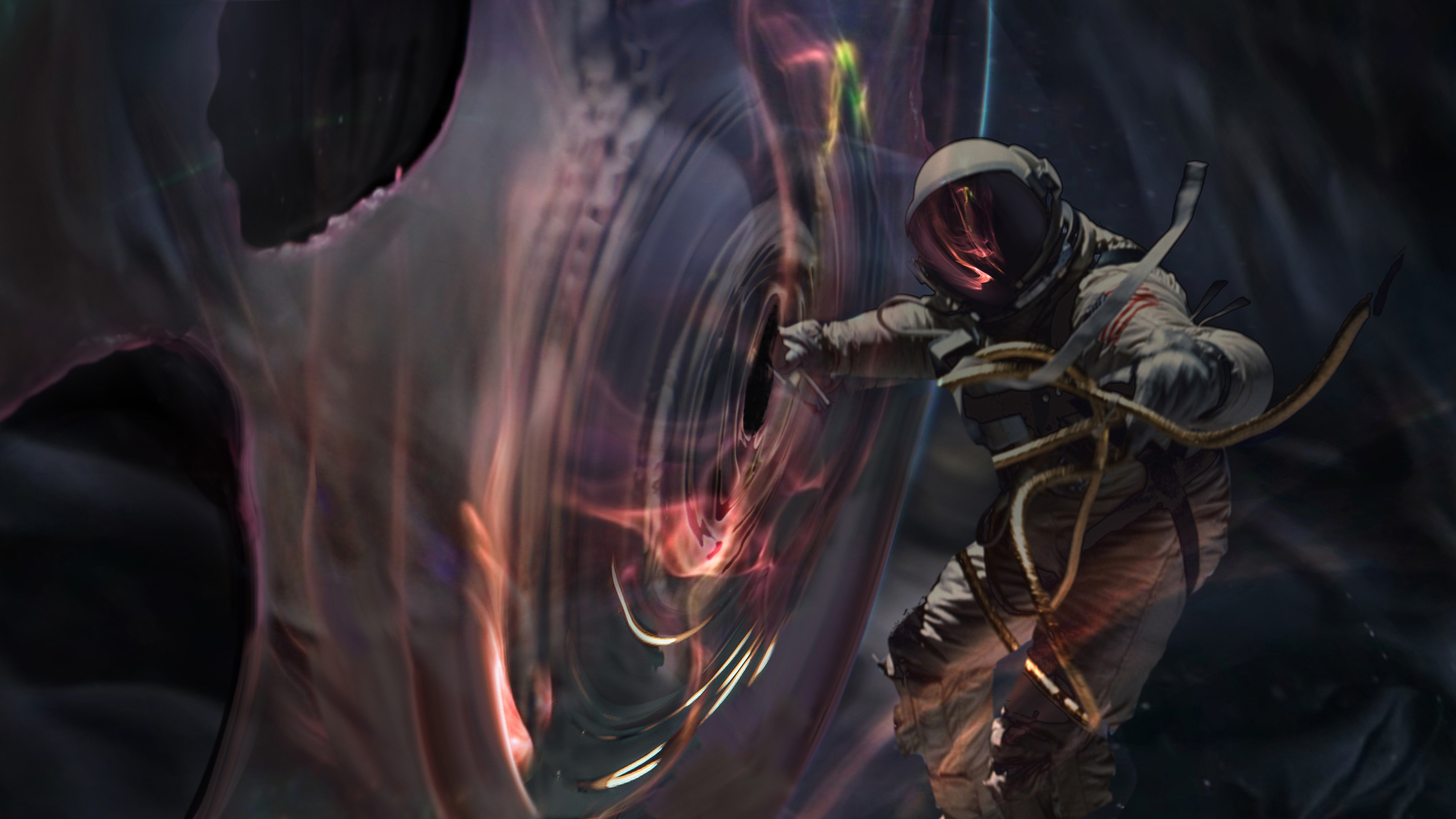
Adam Sandler surprised us with another grounded performance in Netflix's Spaceman, a film that contrasts the trials of astronaut Jakub attempting to save his marriage from the edge of the solar system with some spectacular VFX, simulations and creature work.
MPC has shared a behind-the-scenes look at bringing Spaceman to life, which meant creating over 800 shots for the Netflix movie. MPC worked with director Johan Renck and production VFX supervisor Matt Sloan as the sole VFX studio on the film. (If you enjoyed Spaceman, read our guide to the best upcoming VFX films.)
"As the sole vendor on Spaceman, we had the freedom and responsibility to develop these memorable environments and characters." says VFX Supervisor Craig Calvert. "The majority of shots we created were for the looming Chopra dust cloud, and all interactions within, and the stoic arachnid creature Hanuš. Additionally, we crafted the unsettled feel of all the memory shots that Adam Sandler's character Jakub is struggling to reconcile."
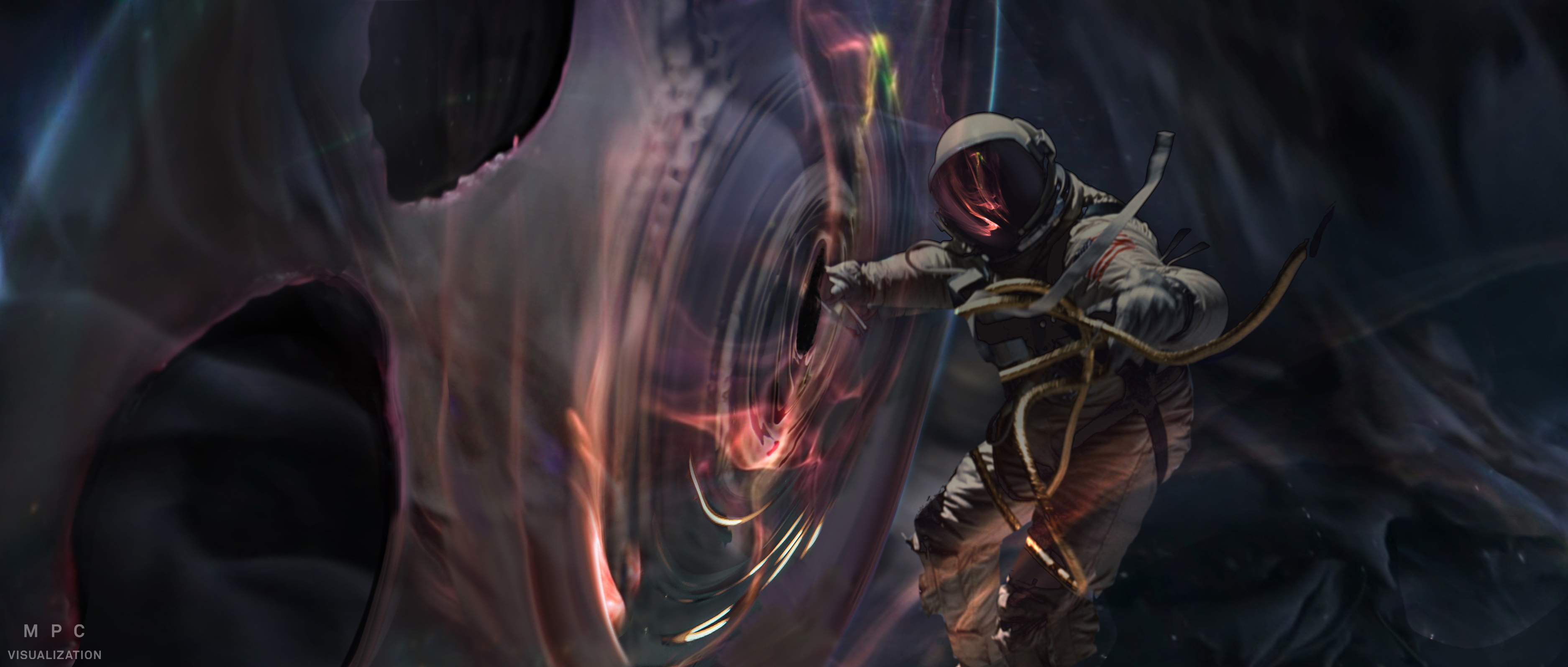

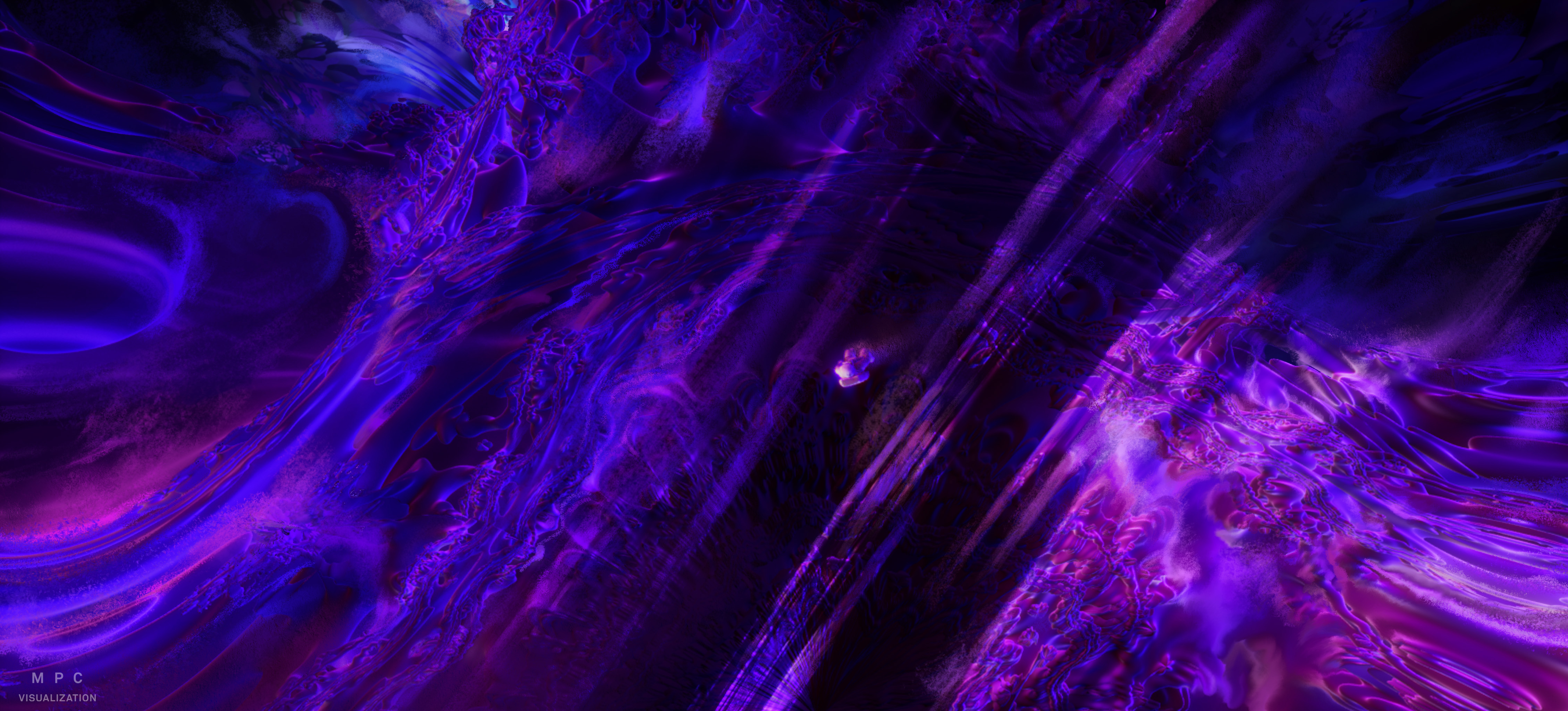
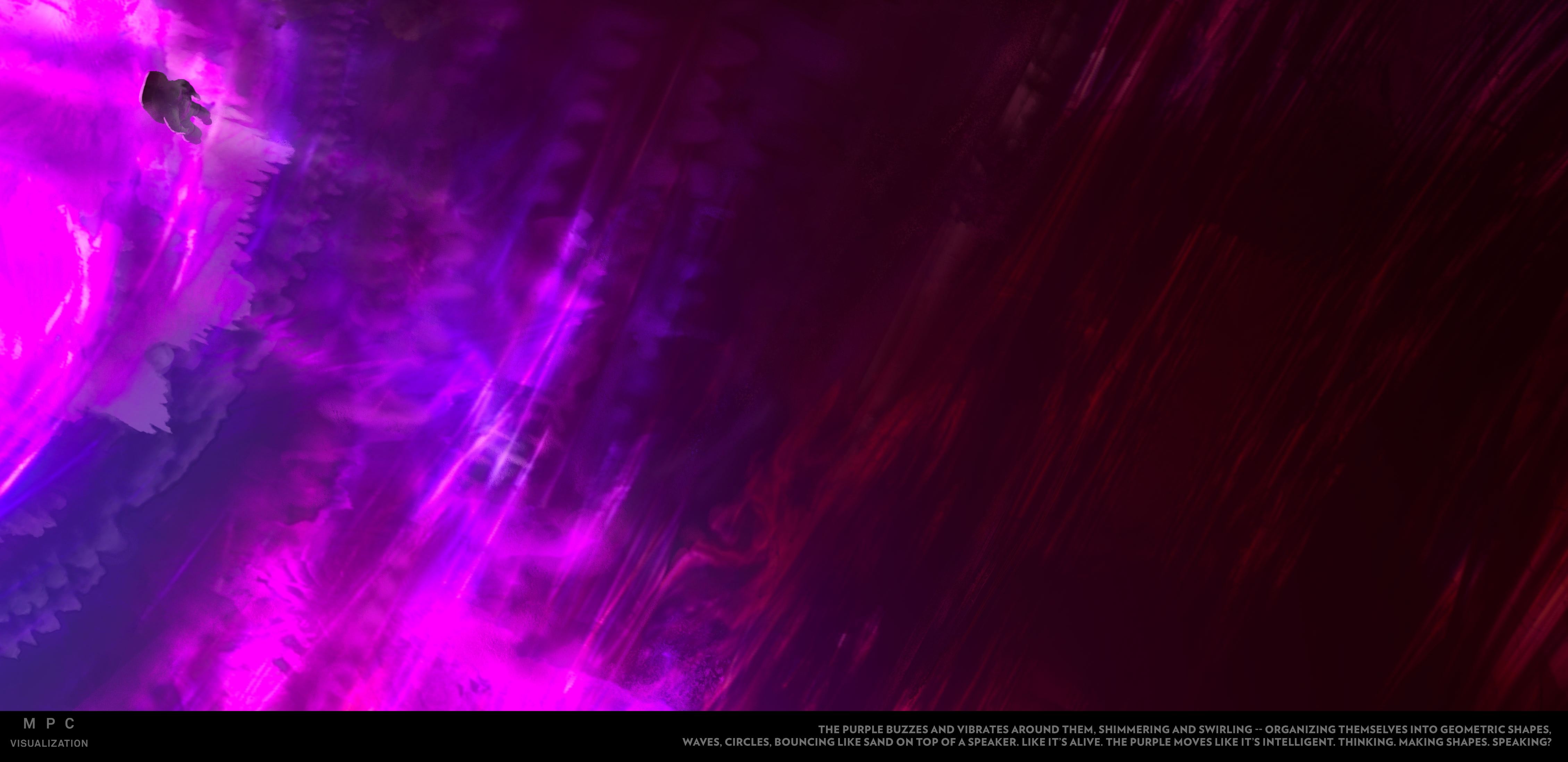
MPC's environment team created a number of simulated cloud renders to craft the solar settings for the film's events. The team used dynamic multipathing (DMP) enhancements for scenes with external clouds, to improve performance.
A bespoke cyclorama was created to accommodate active cameras with parallax to bring the director's vision to life with a meticulous, intricate realism.
Work began on Spaceman in 2020 with MPC's art department, led by art director Leandre Lagrange, testing ideas for the Chopra cloud, a colourful and fictional space entity that emits particles triggering Adam Sandler's character's memories.
"Our main challenge was to define the look of the Chopra cloud," says Leandre. After speaking with director Johan, the MPC art team provided mood boards and concept art to visualise his ideas, iterating on these designs over time. "The particles were to react to Jakub's thoughts, so we experimented with several approaches before landing on the right one," adds Leandre.
The team at MPC were tasked with conceptualising and creating the visual design of the Chopra cloud from both up close as the Adam Sandler's (Jakub) spacecraft approaches to scenes from Earth, viewing the entity from distance.
"We designed the sequence in which Jakub enters the heart of the Chopra cloud, floating through an ethereal, all-encompassing cloud of dazzling, undulating particles, to 'The Beginning'," says Leandre, adding: "Our challenge was to visually communicate that this was the place where everything began. Johan wanted 'The Beginning' to react like a sound visualiser, vibrating with a beat. We had to figure out how to render the ethereal design and make it animate when it reacts to sound and make it clear how the animation relates to the sound."
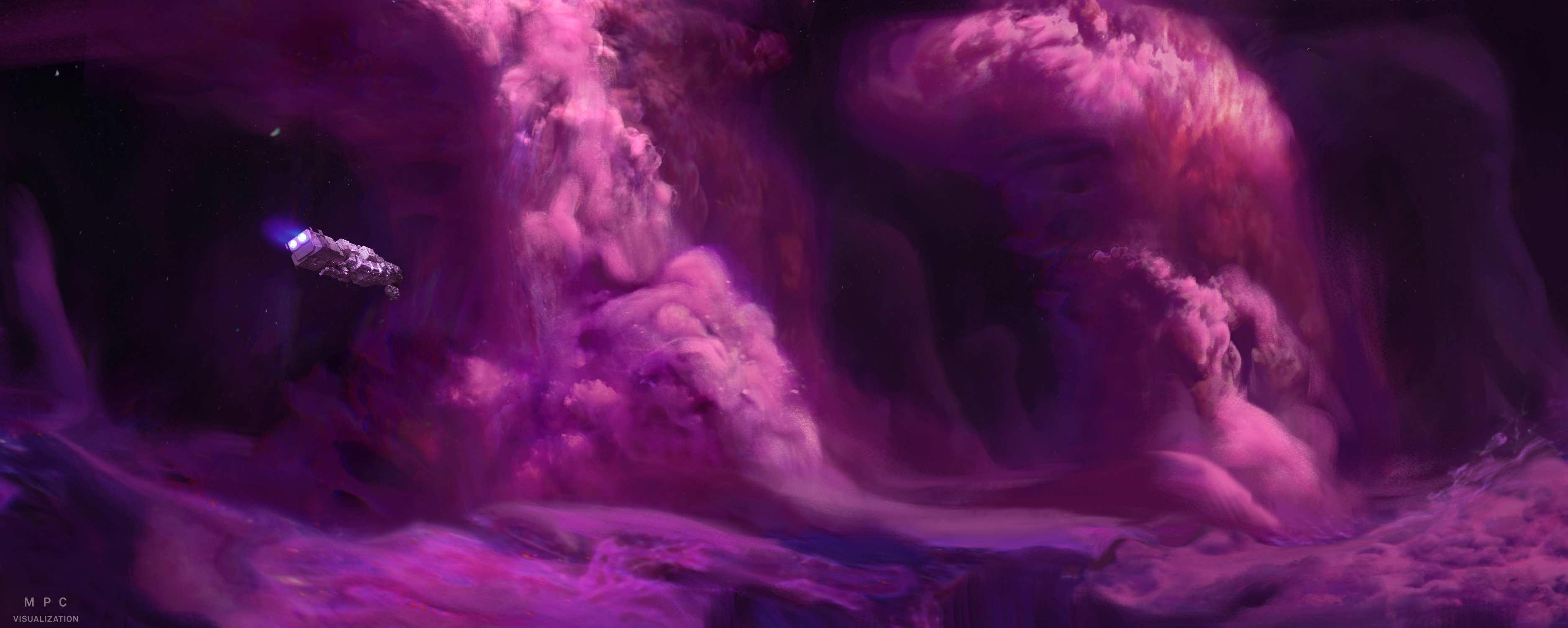
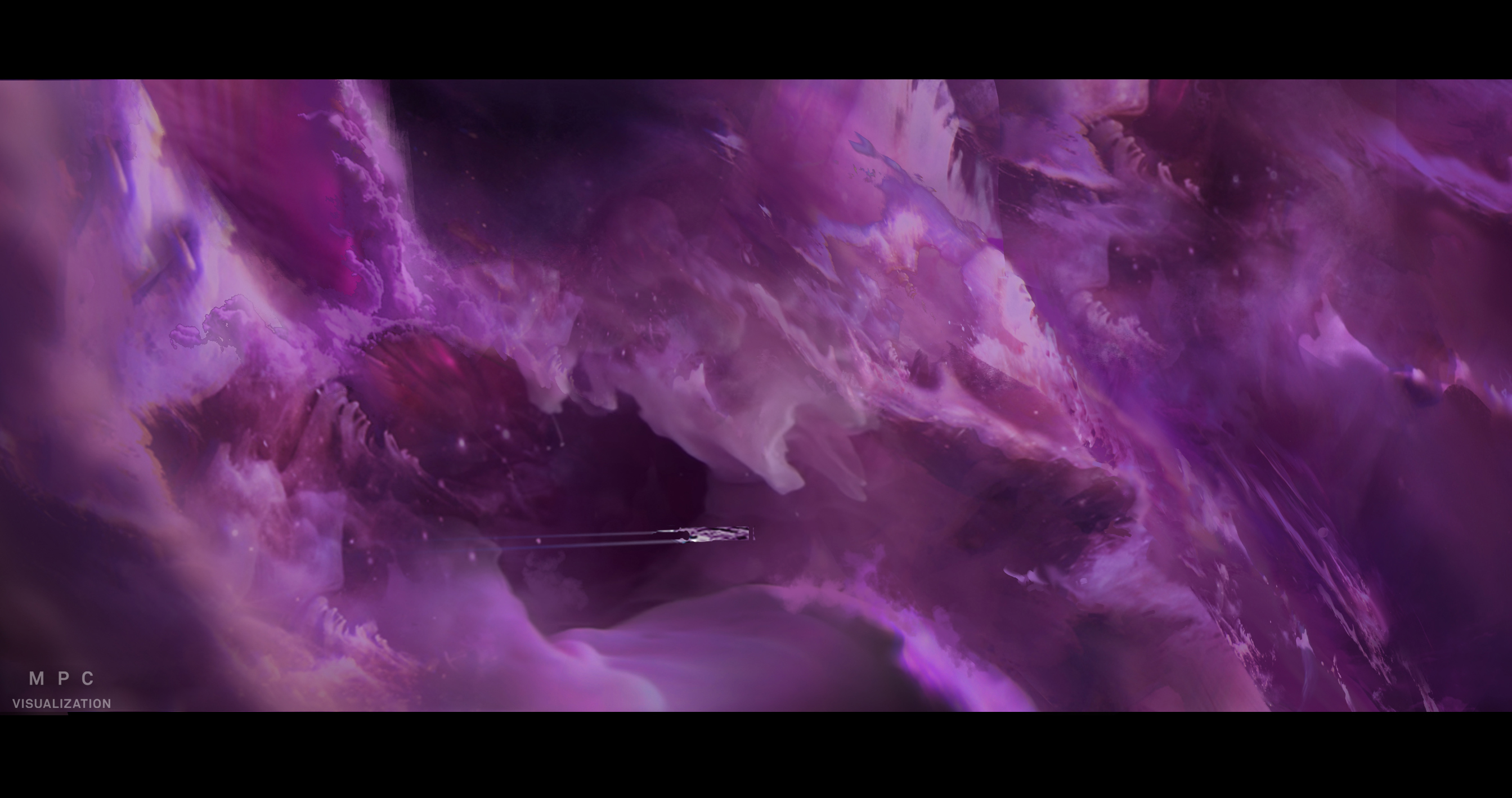
MPC's previs team, led by Previs Supervisor Isaac Hingley, created a number of detailed sequences in pre-production to block-out and choreograph the scenes between Jakub and Hanuš (a giant VFX spider-like creature) inside the film's space station.
Once the previs was set and principle photography completed postvis supervisor Herman Lee came onto the film to edit the scenes and develop the environments, also guiding and setting the early, raw performance of Hanuš. According to the MPC press release, "Herman's team animated on the Hanuš rig provided by our layout department so that our keyframes could travel naturally into the MPC pipeline".
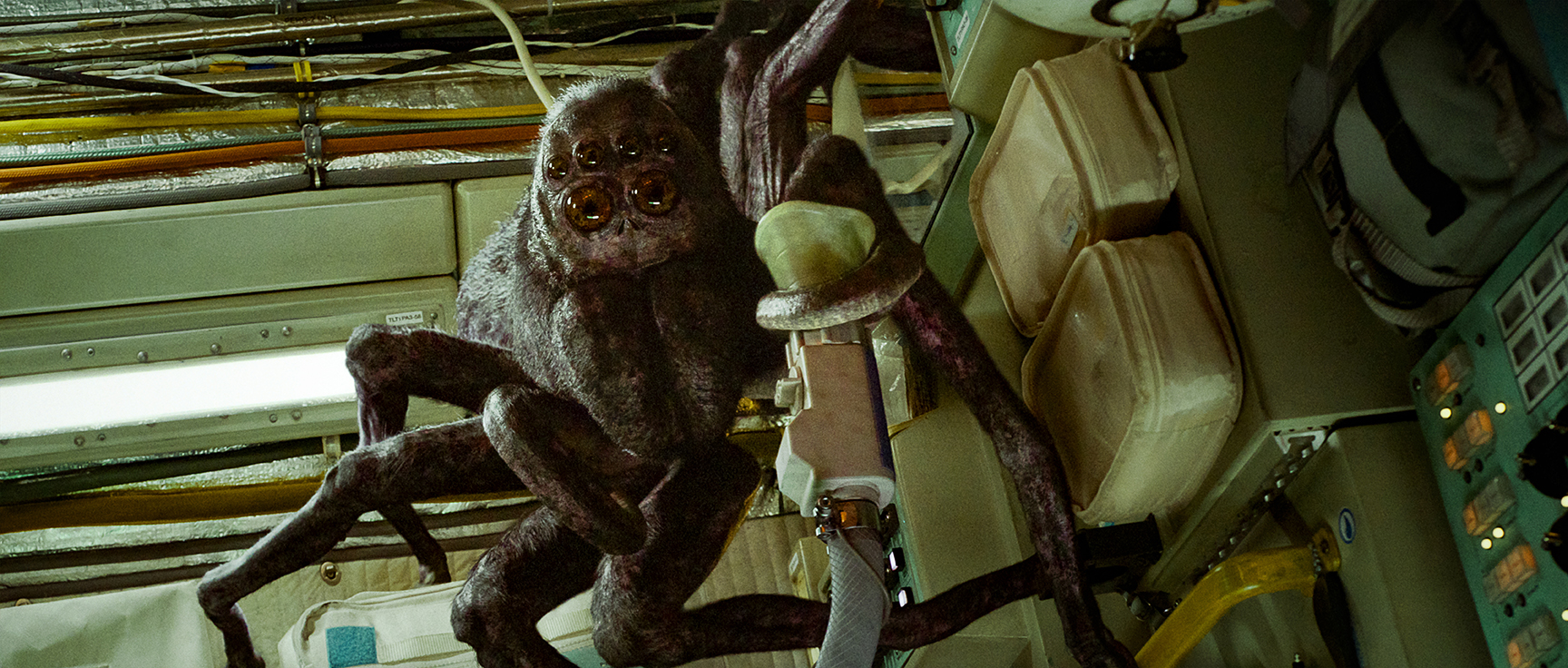
The character of Hanuš, a giant space spider that may or may not exist, and is voiced by Paul Dano, was created by MPC's character team. The artists looked at real world spiders, such as tarantulas, for inspiration for the design of Spaceman's CG spider-alien.
Great care was needed to animate the character in emotional and memorable ways, added subtly to the performance and giving Hanus a sense of presence in scenes with lead Adam Sandler.
VFX supervisor Craig Calvert says: "Hanuš was a fantastic character to bring to life! Voiced by Paul Dano, Hanus has a very soft, measured cadence to his speech and retaining the subtleties of that performance was key to the character's success. Paul's facial and voice performance was captured, and the animation teams designed all the expressions, mandible clicks, and other non-human responses to mirror the intent of Paul's delivery."
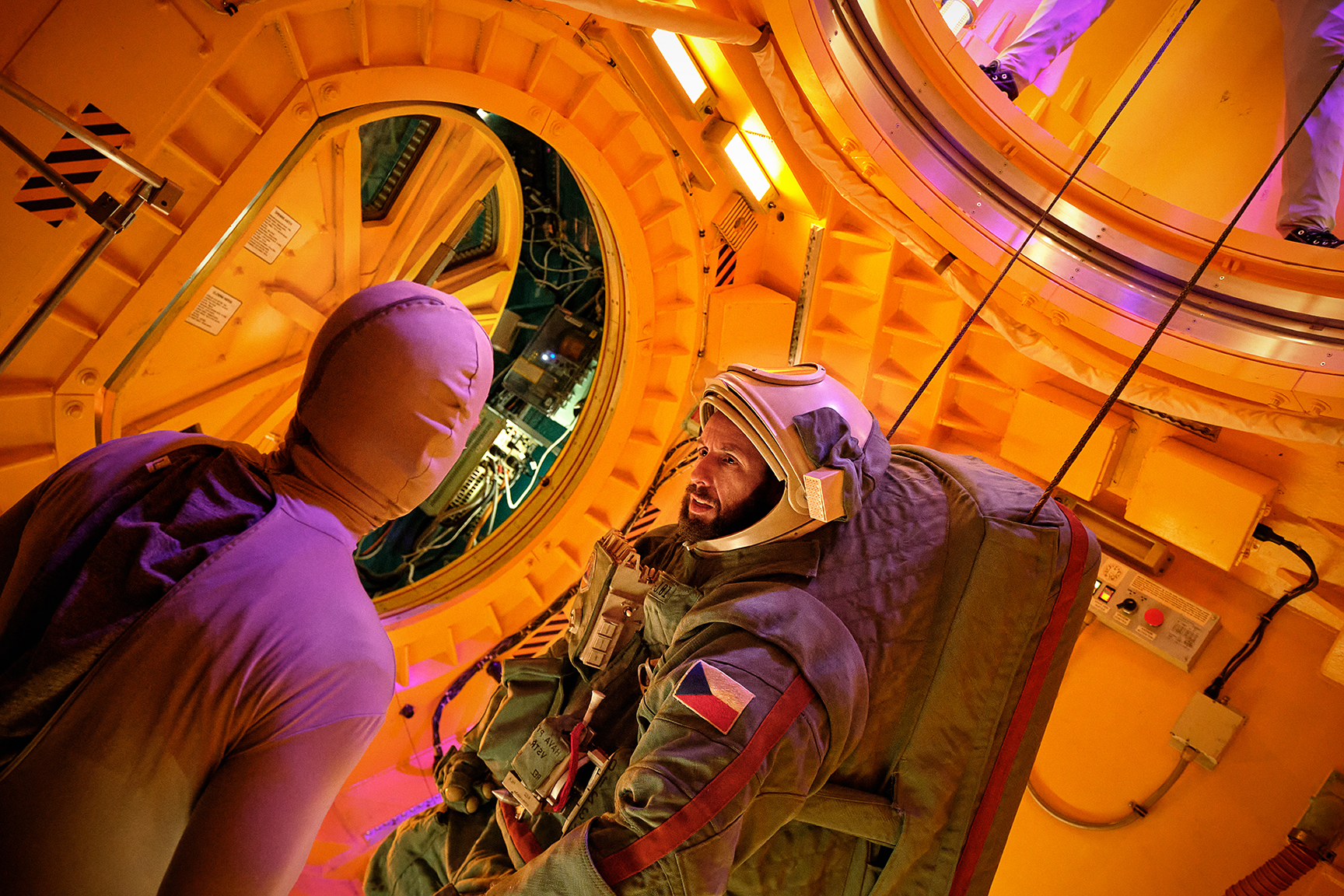
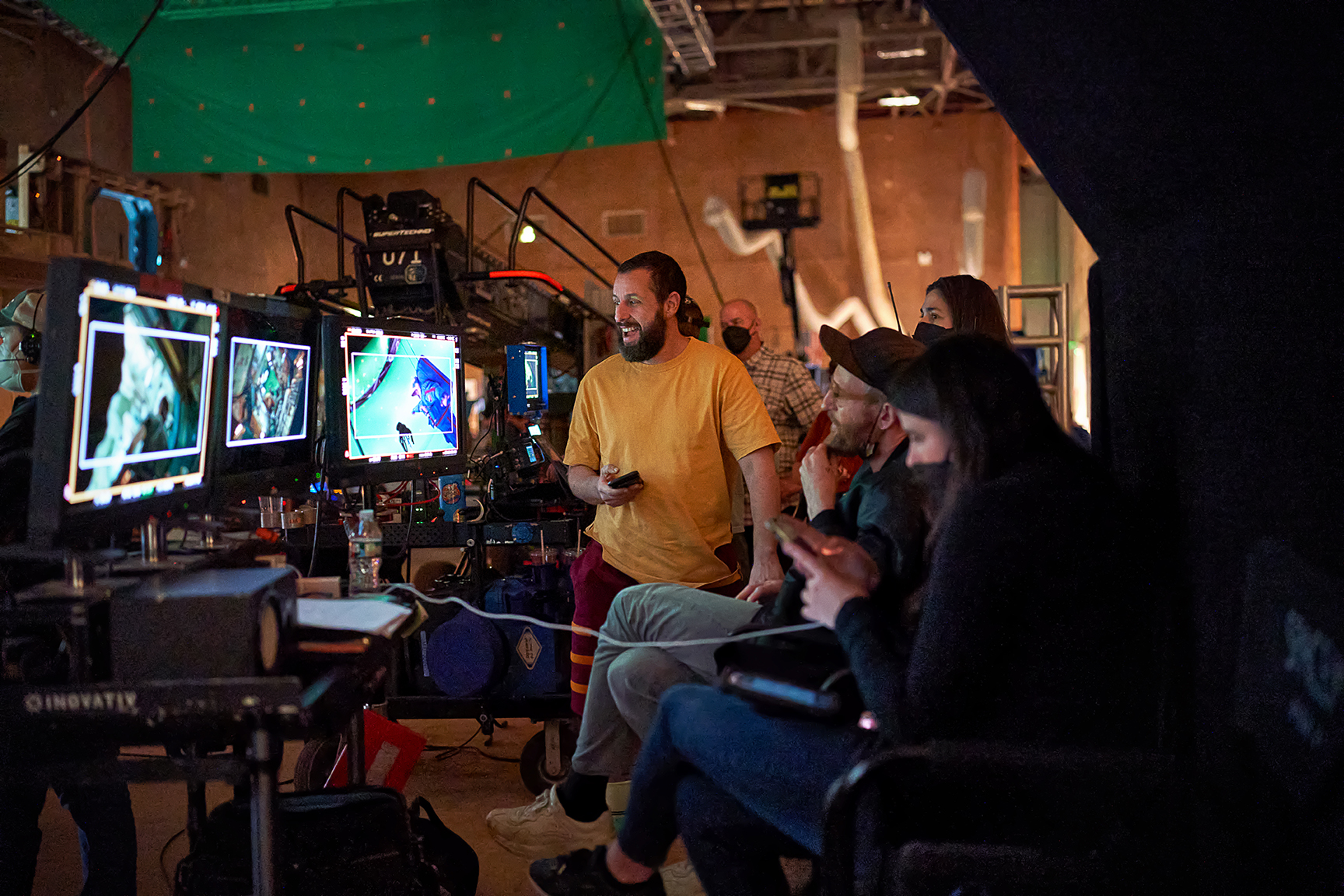
Visit the MPC website to learn more about how the VFX behind Spaceman was created. If you're keen to learn more, read my interview with the VFX team behind Napoleon. If you want to create your own VFX, read our guide to Houdini and perhaps upgrade your setup with these powerful laptops.







